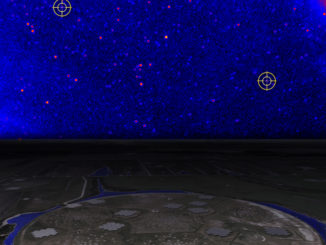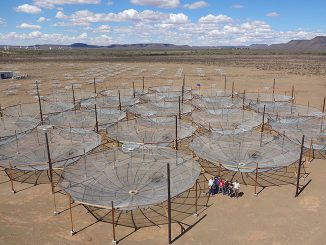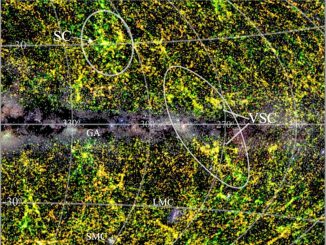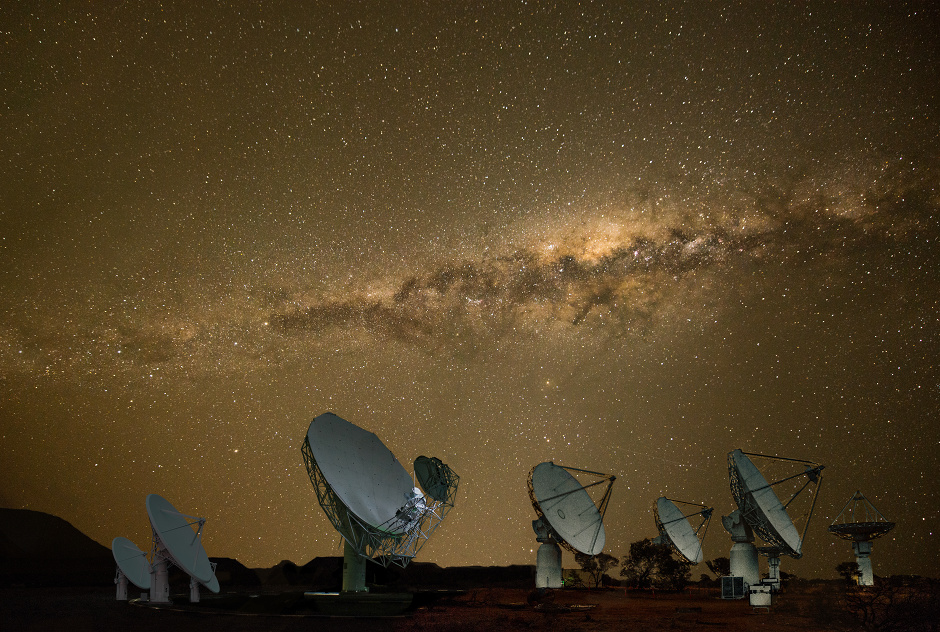
“This week’s meeting in Goa is an excellent opportunity to highlight results obtained with SKA pathfinder and precursor telescopes from around the world, as well as further advance the planning of our Key Science Projects,” explains Robert Braun, the SKA’s Science Director.
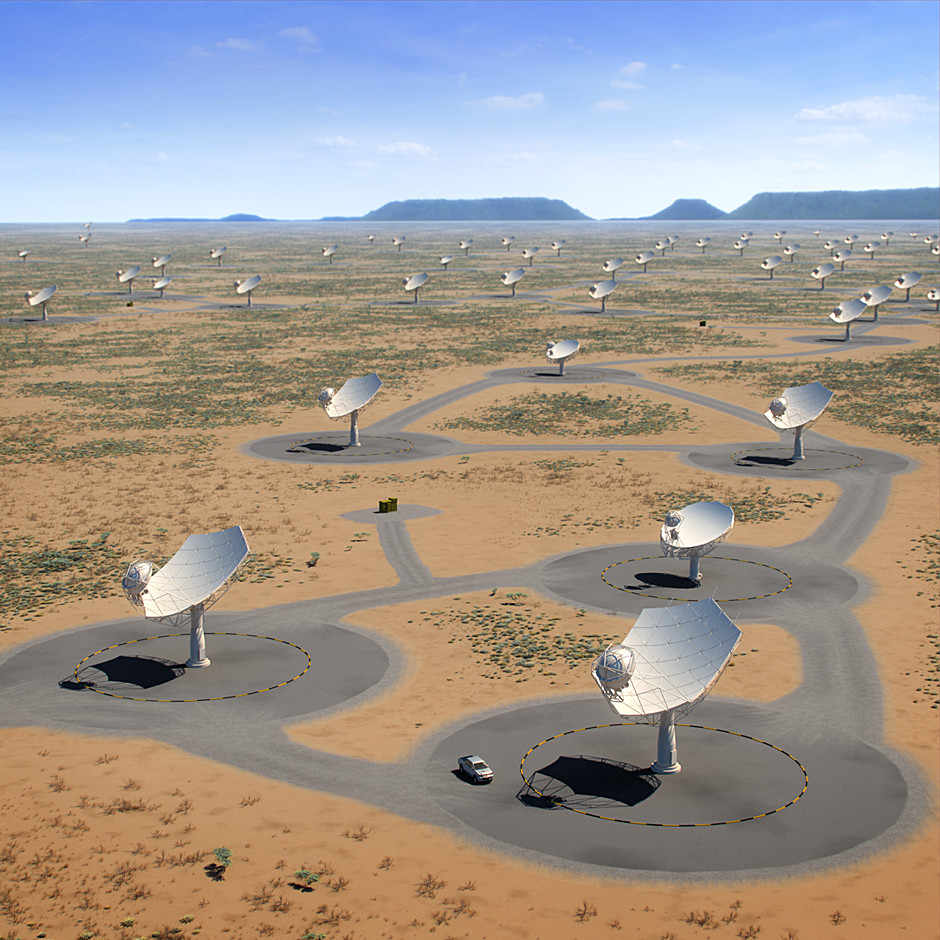
As such, the conference aims to bring together PhD students and postdoctoral researchers from the radio astronomy community to foster new collaborations for the SKA era.
“The next few years will see a wave of new results emerging from the suite of powerful radio telescopes such as FAST in China, GMRT in India, LOFAR in the Netherlands, MeerKAT and HERA in South Africa and MWA and ASKAP in Australia. Scientists who are using these facilities will become the first generation of users to make exciting discoveries with the SKA,” he added.
With some 60 talks and 90 posters to be presented, the meeting will run for five days, including two days of breakout sessions to discuss collaborations on the future key science projects of the SKA, following on from the previous meeting last year in Sweden. Key science projects are large observing campaigns focused on answering specific high priority objectives, that will utilise a large fraction of the first five years of SKA operations.

The meeting is organised by the international SKA Organisation with the local support of the National Centre for Radio Astrophysics (NCRA-TIFR) in Pune, India, which represents India in the SKA project.
“Several Indian scientists are already working on research areas relevant to the SKA and this meeting, being held in India will help Indian scientists to become more involved with the SKA project and will give a big boost to SKA related science activities within the country,” said Prof. Swarna Kanti Ghosh, Centre Director, NCRA.
Throughout the week, a small selection of promising results will be featured on the SKA website. You can also follow the meeting on Twitter.

